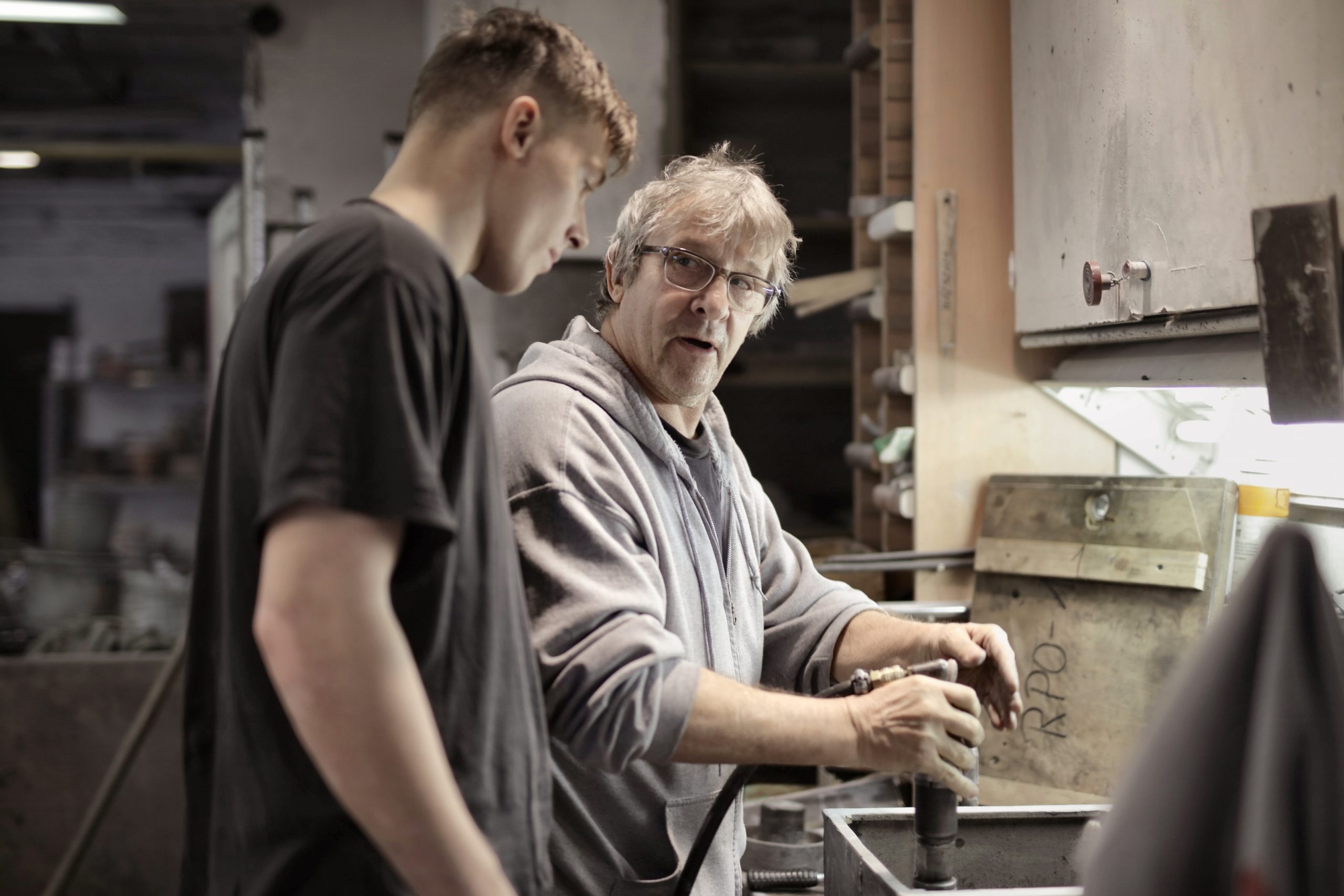YOUNGER COHORTS ARE CAUGHT BETWEEN EDUCATION AND EMPLOYMENT, THE PANDEMIC HAS LEFT MANY DISRUPTED AND UNSUPPORTED AND MINORITY GROUPS ARE STILL UNDER-REPRESENTED TURNING THE SPOTLIGHT ON WORKFORCE DIVERSITY. EMPLOYERS, MEANWHILE, SUFFER THE WORST SKILLS CRISIS IN LIVING MEMORY. SURELY, IF BUSINESSES PLACED EQUALITY AT THE HEART OF CREDIBLE OPPORTUNITY, THESE CRITICAL ISSUES COULD SOLVE EACH OTHER.
Back in 2013, when we first launched our apprenticeship scheme, there was still a considerable stigma attached. But today, the profiles have become more aligned and this is a green light. Many have found they can cultivate a trained workforce from the ground up and build a talent pipeline for the future. Combined with extra funding incentives, apprenticeships are opening the doors for many employers and employees alike, including minority and traditionally unrepresented groups. What was once only a passage for graduates is now opening to apprentices and this has enabled employers to embrace a greater diversity of candidates. Inclusivity can be improved through osmosis, rather than the tokenistic workplace quotas which have always proven unsustainable. However, there is still work to be done in STEM industry sectors like ours, where many in the demographic, are still severely underrepresented. Looking at female workers as a case in point, according to the most recent Office of National Statistics data, women make up only 18 percent of digital technology roles. Furthermore, the Wise Campaign found that only eight percent of women progress to a Level 4+ STEM qualification, with only 24 percent of women progressing to the STEM workforce.
Organisations like BT, Openreach and Vorboss are all working hard to change this. Vorboss set itself the target of attracting 150 fibre engineers, of which half would be female. Their recruitment campaign openly advertised for candidates with no prior experience, because the firm realised that it was closing off a huge demographic by looking at qualifications or experience. Instead, the team realised that attitude was more valuable. Of course, job advertisements and titles had to be stripped back to basics and gender decoded. Potential female candidates had overlooked the role in the past purely due to the word ‘engineer’ in the job title. Schools and colleges were approached to proactively find candidates, rather than waiting for candidates to find them. But it wasn’t easy, over 1500 females were contacted and for every candidate hired, 43 CVs were reviewed. However, a year on and the company now has a large percentage of female ‘Customer Connections Specialist’ apprentices. Of those, only one had an engineering background and over half had a retail or customer service background. What’s more, over half of the females were not educated above GCSE level. But rather than this proving disadvantageous, the company has seen an 87 percent retention rate of its apprentices, with many already promoted to team leaders. This is a salient reminder that recruitment practices must change across the board. Qualifications are becoming less important where there is a skills gap to be filled. Instead, we should look for skills that are transferable, particularly as hybrid working opens up possibilities to diversify the workforce across the UK and internationally. There has never been a more important time for employers to bridge the gaps and improve the talent pipeline.
FOR FURTHER INFO WWW.THEITP.ORG
Sign up for an Annual Platinum Subscription where you will receive the publication both in print and digitally for only £175 pa (£250 pa overseas)
- 12 x print & digital issues pa
- All back issues
- Invitations to our events
PLUS you will receive:
- ‘The GC Index®’ profile to measure your business impact worth £100
- HR business book of the month
- 25% of fee donated to the ‘Hope for Justice’.
We guarantee:
- ‘No paid for’ editorial
- 56 pages each month
- 75% / 25% editorial ratio
- Topical features, interviews & case studies









